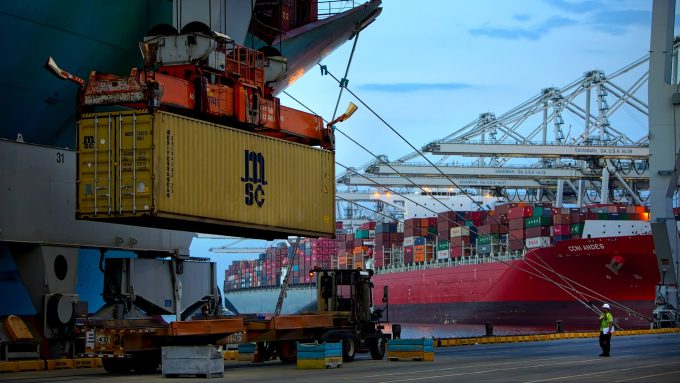CMA CGM eyes HPH sale after Ceva shines in a 'stable' second quarter
CMA CGM has expressed interest in the Hutchison Port Holdings (HPH) sale in a bid ...

In a speech in Minnesota yesterday, President Biden acknowledged the support for his infrastructure bill across the political divide.
He said a new America was about to evolve, “fit to meet the competitive edge of the 21st century”.
The president explained this would require: “Training as construction ...

Comment on this article